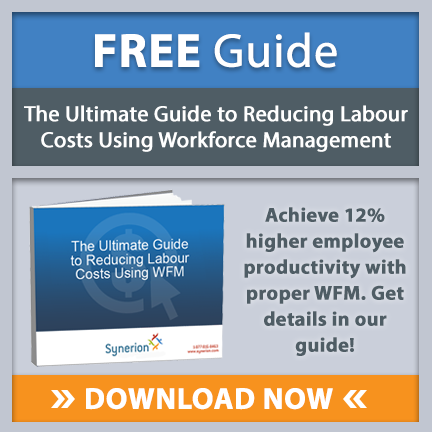 After posting for a new position, a fresh batch of resumes arrives in your inbox with many great candidates. Some have been at the same job for 10 years while others have been changing jobs every two years or so, which is referred to by some as job hopping. However good the experience of the latter might appear, you don’t want to hire someone only to have them leave two years later or do the potential benefits outweigh the risks?
After posting for a new position, a fresh batch of resumes arrives in your inbox with many great candidates. Some have been at the same job for 10 years while others have been changing jobs every two years or so, which is referred to by some as job hopping. However good the experience of the latter might appear, you don’t want to hire someone only to have them leave two years later or do the potential benefits outweigh the risks?
According to a survey by CareerBuilder, 43% of employers wouldn’t consider a job hopper for their positon. There could, however, be a lot of benefits. It might even allow you to acquire better talent than your competition holding an inflexible attitude. Consider the following when hiring for your next positon.
Why do some people job hop?
Just because someone has a history of job hopping doesn’t mean they aren’t willing to stay on board for the right opportunity. Indeed, people don't always just change jobs out of individual preference. There are important generational factors and labour market trends at play in this phenomenon.
Coming of age in a job market that was reluctant to hire them and if that even pay them, millennials have gotten a hard lesson early in the nature of the employee-employer relationship: everyone is looking out for their own interests and loyalty doesn't necessarily pay.
Statistics also show that 91% of millennials expect to stay in their position for less than 3 years. The reasons they leave are diverse, whether for better experience, a promotion, the desire to learn something new or more money. In addition, many are simply hired by an organization for a one year stint and then sent on their way. In any case, this trend isn’t going away and you need to decide how to benefit from it.
The benefits of hiring a job hopper
There are a lot of benefits to hiring job hoppers if you are willing shoulder the risk of their departure.
- You are tapping into the next generation of talent of millennial workers.
- Because they are constantly changing their roles, they are adaptable to new work environments and new tasks.
- They bring knowledge of other industries and your competitors to the table, offering a fresh perspective you may have been missing.
- They may be top performers, so look closely at their resume.
The cost of replacing a new hire
The cost of training a new employee may be overstated, but the costs of actively recruiting for a new position are not. It has been estimated that replacing a position costs an organization $15,000 to $20,000. So it’s no wonder that employers are apprehensive about hiring someone who is just going to jump ship a few years later.
What Should You Do
You need to consider what kind of person is needed for the position and work from there. If it is a low level job with little prospect for career growth, hiring a job hopper is probably a bad idea as you will have nothing to entice them to stay. But if you are looking for a superstar to help take your organization to the next level, you need to consider all possible candidates.
The interview process is critical for weeding out the stellar job hoppers from ones you don’t want to bring on board. During the interview, you should ask why they left and why they took their new job to paint a picture of their underlying motivations. Asking for references from previous managers is also important. If you see some red flags, you might be better looking for other candidates.
There are pros and cons to hiring a job hopper. If you are looking for the best, however, there’s no candidate you can’t afford to look at.
